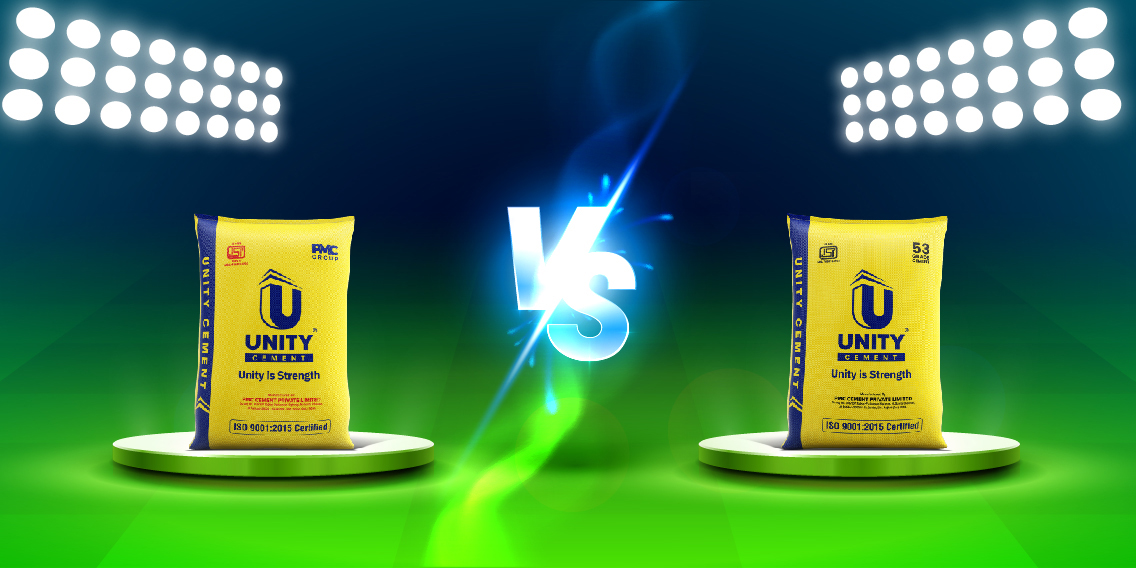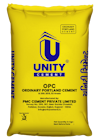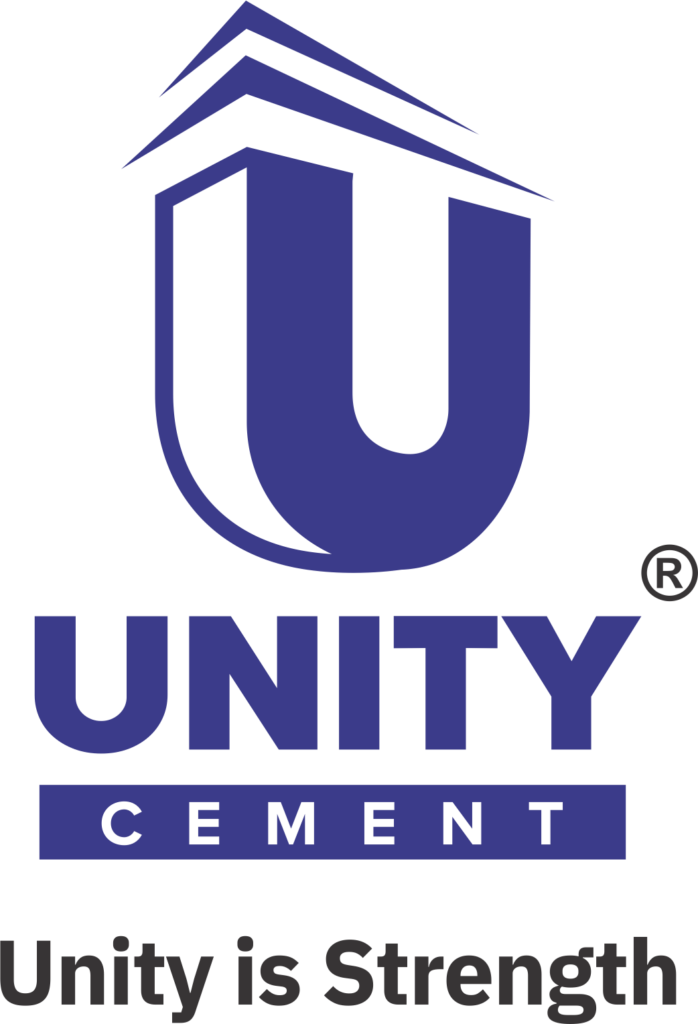Choose the Best Cement: OPC vs PPC Cement | Expert Guide 2024
March 4, 2024

Introduction
When embarking on construction projects, one critical decision is selecting the right type of cement. As we embark on this exploration, the pivotal question arises: OPC vs PPC Cement – a decision crucial for the success of your project. Join us in deciphering the significance of cement and navigating the dilemma of choosing between Ordinary Portland Cement (OPC) and Portland Pozzolana Cement (PPC).
Understanding OPC Cement
1. What is OPC Cement?
Ordinary Portland Cement (OPC) is a hydraulic cement widely utilized in construction due to its remarkable binding properties. Comprising a precise blend of limestone, clay, and iron ore, OPC undergoes a meticulous manufacturing process involving grinding, heating, and fine-grinding. This results in the creation of clinker, the primary ingredient in OPC, which, when mixed with gypsum, produces the final cement product.
2.Advantages of OPC Cement
- Exceptional Compressive Strength
- Versatility in Applications
- Cost-Effectiveness
- Rapid Setting and Hardening
- Ease of Use and Workability
- Durability Against Environmental Factors
- Adhesive Properties
- Consistent Quality
- Proven Track Record
- Compatibility with Additives
- Wide Availability
3. Limitations of OPC Cement
- High carbon emissions during production
- Merit consideration. Moreover
- Exhibit higher heat of hydration
- Potentially leading to thermal cracking in massive concrete structures.
4. Applications of OPC Cement
- Residential Construction
- Commercial Buildings
- Roads and Pavements
- Bridges and Overpasses
- High-Rise Structures
- Water Infrastructure
- Pre-cast Concrete Products
- Industrial Structures
- Foundations
- General Construction
Read our previous article for more details about OPC cement.
Complete Guide to OPC Cement – Everything You Need to Know
Understanding PPC Cement
1. What is PPC Cement?
Portland Pozzolana Cement (PPC) is a type of hydraulic cement that combines Portland cement clinker with pozzolanic materials. These pozzolanic materials, such as fly ash, volcanic ash, or silica fume, enhance the cement’s properties.
2. Advantages of PPC Cement
- Enhanced Workability
- Reduced Heat of Hydration
- Reduced Permeability
- Versatility in Applications
- Cost-Effective
3. Limitations of PPC Cement
- Slower setting time
- Lower initial strength
- Difficult to handle
- Early hardening
- Does not prevent the reinforced steel from corrosion
4. Applications of PPC Cement
- Residential building
- Commercial building
- Mass concrete works
- Plastering
Read our previous article for more details about PPC cement.
PPC Cement: Meaning, Types, Manufacturing Process, Advantages & Uses
OPC vs PPC Cement : Which is Better?
Understanding the difference between OPC and PPC cement is crucial for making informed decisions in construction projects, considering factors such as strength, setting time, durability, and environmental impact.
Characteristic | OPC Cement | PPC Cement |
Definition | Hydraulic cement without pozzolanic additives. | Combines Portland cement clinker with pozzolana. |
Composition | Limestone, clay, and iron ore. | Portland cement clinker + pozzolanic materials. |
Strength | High compressive strength. | Comparable compressive strength to OPC. |
Setting Time | Rapid setting time. | Setting time may be slower than OPC. |
Heat of Hydration | Higher heat of hydration during curing. | Lower heat of hydration, reducing thermal cracks. |
Durability | Excellent durability, especially in dry conditions. | Enhanced durability due to pozzolanic materials. |
Use in Mass Concrete | Suitable for mass concrete projects. | Preferred for mass concrete due to slower heat generation. |
Applications | Common in general construction. | Suitable for projects emphasizing durability. |
Environmental Impact | Higher carbon emissions during production. | Lower carbon footprint due to pozzolanic materials. |
Cost | May have a comparable or slightly higher cost. | Generally more economical. |
Common Applications | Widely used in residential and commercial construction. | Preferred for infrastructure and specialized projects. |
Availability of Materials | Ingredients widely available. | Availability of pozzolanic materials may vary. |
Sustainability | Considered less environmentally friendly. | More sustainable due to reduced environmental impact. |
Resistance to Sulfate Attack | May exhibit lower resistance to sulfate attack. | Enhanced sulfate resistance due to pozzolanic materials. |
Color of Cement | Typically gray in color. | May result in a lighter color due to pozzolanic additives. |
Storage Conditions | Requires careful storage to prevent moisture ingress. | Relatively more forgiving, less prone to lumping. |
Hydration Products | Forms primarily calcium silicate hydrate (CSH). | Formation of additional cementitious compounds due to pozzolanic reaction. |
Construction Speed | Rapid construction pace due to quick setting. | May require slightly more time for setting, affecting construction timelines. |
Adaptability in Blends | Less adaptable to blended cement formulations. | Highly adaptable, often used in blended cement formulations. |
Choosing the Right Cement for Your Project
Factors to Consider When Buying Cement
When faced with the decision between Ordinary Portland Cement (OPC) and Portland Pozzolana Cement (PPC), various factors come into play. Consider the following key aspects to make an informed choice:
1. Strength Requirements
Evaluate the specific strength needs of your project. OPC is known for high initial strength, while PPC may offer comparable strength with additional benefits.
2. Setting Time Preferences
Assess your project timeline. If a rapid setting time is crucial, OPC may be more suitable. For projects where a slower setting time is acceptable, PPC might be a preferred choice.
3. Durability in Different Conditions
Consider the environmental conditions at the construction site. OPC performs well in dry conditions, while PPC, with its pozzolanic additives, enhances durability, especially in environments prone to aggressive chemicals.
4. Environmental Impact
Factor in environmental considerations. If reducing carbon footprint is a priority, PPC’s lower environmental impact due to pozzolanic materials might align with sustainable construction practices.
5. Cost Analysis
Evaluate the budget constraints of your project. While PPC is generally more economical, OPC’s additional benefits may justify a slightly higher cost.
6. Project Scale and Type
Consider the scale and nature of your project. For mass concrete works, PPC’s slower heat generation may be advantageous, while OPC’s rapid setting time suits smaller, time-sensitive projects.
7. Local Material Availability
Check the availability of raw materials in your locality. OPC relies on widely available ingredients, while the availability of specific pozzolanic materials for PPC may vary.
Conclusion
Choosing between Ordinary Portland Cement (OPC) and Portland Pozzolana Cement (PPC) is pivotal for project success. Consider strengths, setting time, durability, and environmental impact. While OPC offers rapid strength, PPC excels in sustainability. Factor in costs, local material availability, and project specifics. Empower decision-making through informed assessments. Your choice shapes not just structures but the future of your construction endeavor. Choose wisely, build confidently.


